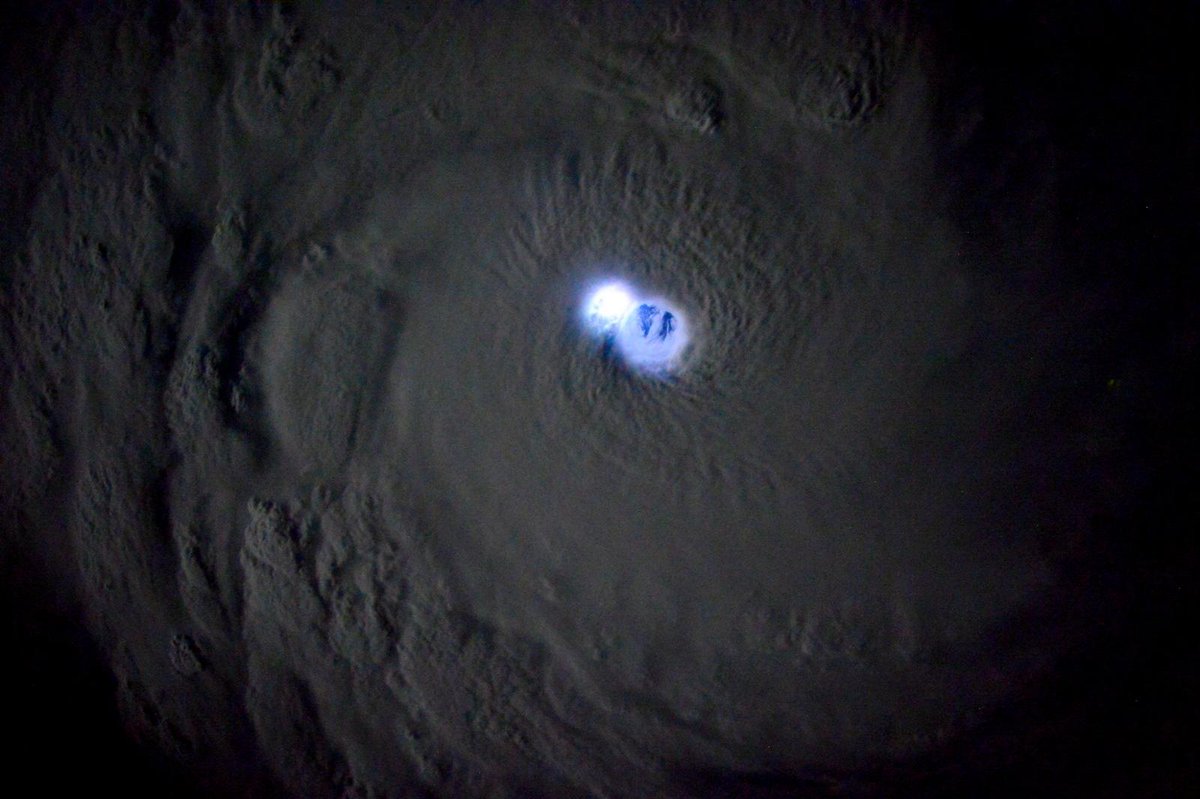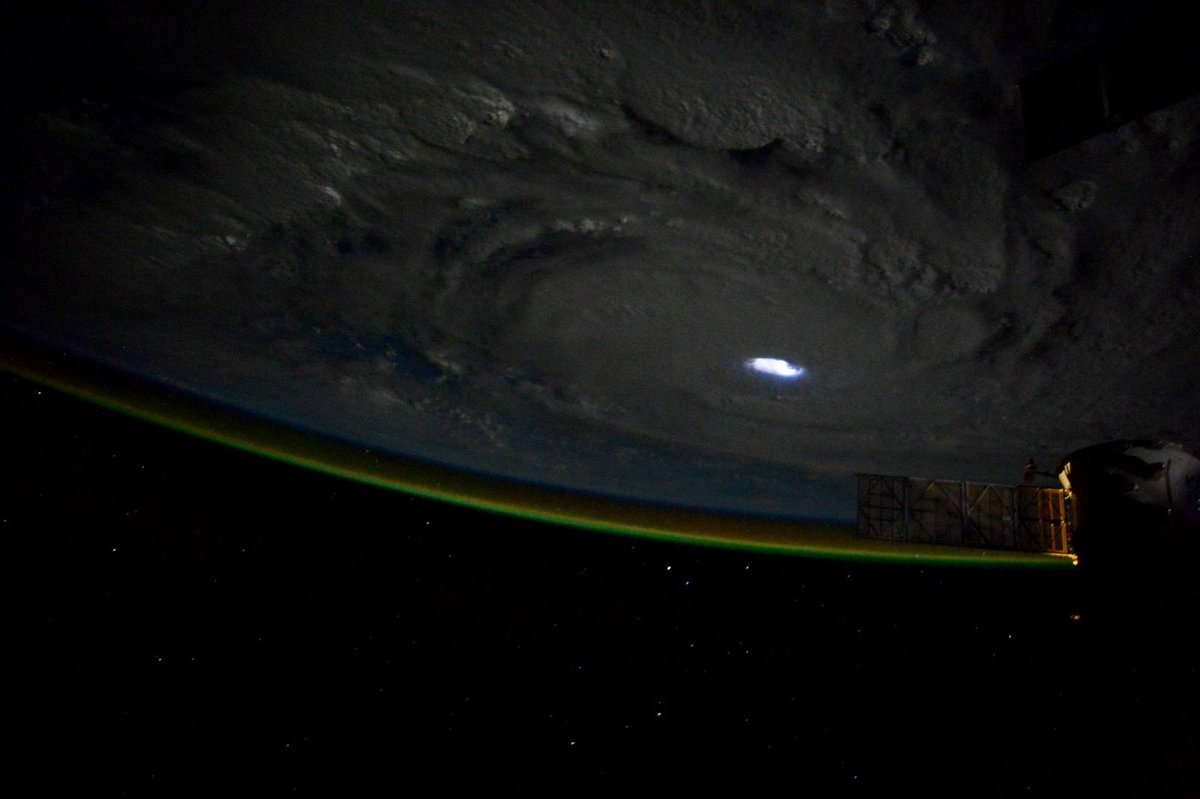According to phys.org, Switzerland has some 61 data-banking centers that deal in information storage. During the last five years, over a billion dollars have been invested by folks looking to keep their most important information safe from anyone else.
| Even their pocketknife USB has a fingerprint scanner and major encryption technology. No, seriously. (Image courtesy gadling.com.) |
The investments in data storage are surging despite Switzerland's ever-eroding laws concerning banking privacy. Due to the formerly overabundant nature of banking privacy in the nation, it was known as a haven for shady dealings to be neatly numbered and accounted for, without oversight from pesky things like the law. Although that's now changing, the element of the pervasive privacy is now being well applied to data security.
Franz Grueter, the managing director of the data storage firm Green.ch, explained, "Clients need confidence, discretion, reliability and stability. These have been the country's hallmarks forever." He also noted that, "Data storage is the new Eldorado for Switzerland. It's a real boom." (Green.ch has posted 30% annual growth since its inception in 1995.)
Though Switzerland is Europe's fifth-largest data hub, it wants to be known as the nation that takes data security the most seriously. In Switzerland, personal data is legally classified as a "precious good" that requires a judge-issued order before it can be observed by any outsiders. Thus, digital assets, in the form of proprietary secrets, intellectual property, invention schematics, sensitive plans, or other critical data can be safely stashed with the Swiss.
 |
| Even email services established in Switzerland are more secure. (Image courtesy totaldigitalsecurity.com.) |
One such information cache, known as Deltalis, is situated in an underground Cold War-era bunker that's protected by biometric scanners, armed guards, and four-ton steel doors that were built to thwart a nuclear attack. Its exact location is not publicly known, and critical IT developments will be handled only by those who act in strict accordance with Swiss law. As far as privacy goes in the modern world, this is as safe as safe can be.
With leaks everywhere from government to Hollywood to personal cell phones occurring, it's good to know that somewhere, secrecy is being taken seriously. One big leak, from renowned whistleblower Edward Snowden, hinted that international spies had their eye on cracking into the Swiss system. They'll have to be the best in the world to make the attempt, though...digitally, physically, and legally, the Swiss have more layers of data protection in place than useful tools on one of their pocketknives.
| Your weirdest nudies are safe here. (Image courtesy photoromanzoitaliano.com.) |


